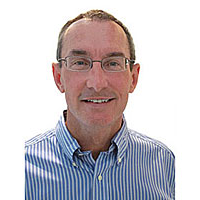Articles by John Siegenthaler, P.E.
Column | John Siegenthaler
Hydronic certainties
Read More
Column | John Siegenthaler
John Siegenthaler: Relays and switches — part one
The basics.
July 3, 2023
John Siegenthaler: Performance metrics for modern hydronic heating and cooling sources
Abundant acronyms
June 1, 2023
John Siegenthaler: Extended manifold systems
Less tubing, less drilling, less fastening.
June 1, 2023
John Siegenthaler: Eyes for a heat pump — part two
Variable-speed heat pumps allow a better match between the rate of heat production and the rate of heat dissipation by the load.
May 1, 2023
John Siegenthaler: Details for venting pellet-fueled boilers
Sealing the deal
March 31, 2023
John Siegenthaler: Eyes for a heat pump
Buffer tanks are necessary for heavily zoned distribution systems.
March 31, 2023
John Siegenthaler: Air-to-water heat pumps offer more than ductless
Little white boxes
March 1, 2023
Keep your content unclogged with our newsletters!
Stay in the know on the latest plumbing & piping industry trends.
JOIN TODAY!Copyright ©2025. All Rights Reserved BNP Media.
Design, CMS, Hosting & Web Development :: ePublishing











